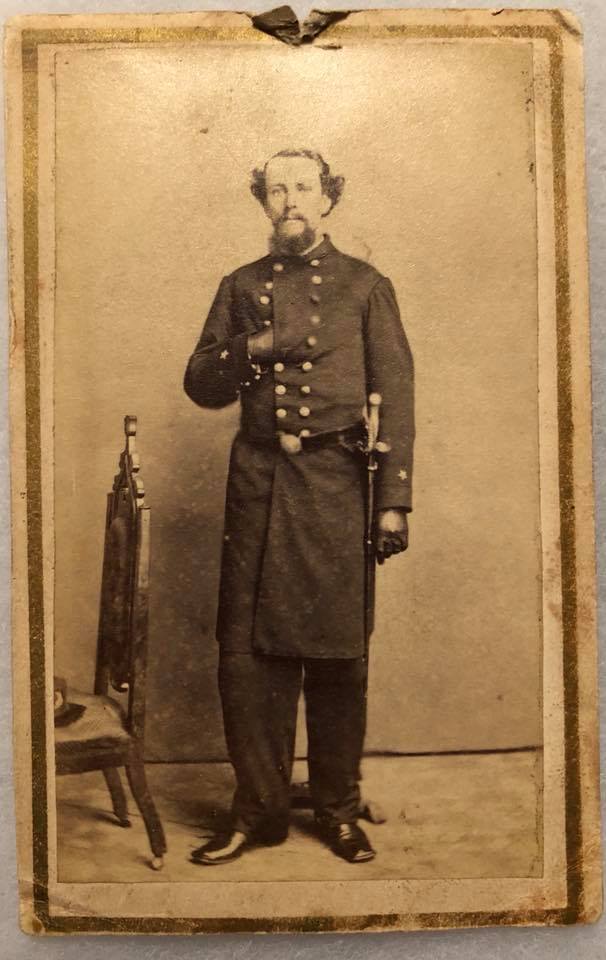Citations
1. Du Bois, W. E. B. (William Edward Burghardt), 1868-1963. (2007). Black reconstruction in America: an essay toward a history of the part which Black folk played in the attempt to reconstruct democracy in America, 1860-1880. New York: Oxford University Press.
2. Virginia Writers' Project. Chapter 15: “Thirty and Nine”; an excerpt from The Negro in Virginia (1940). (2020, December 07). In Encyclopedia Virginia. https://encyclopediavirginia.org/primary-documents/chapter-15-thirty-and-nine-an-excerpt-from-the-negro-in-virginia-1940.
3. Neal, P., Neuroth, L., and Savits, R. “A conversation with the Library of Virginia's archivists”. Email to the author. 12 Jun. 2025.
4. Virginia. Acts Passed At a General Assembly of the Commonwealth of Virginia. Passed 1862 (Called) - 1863 (Adjourned).
5. “Runaway and Escaped Slaves Records, 1794, 1806-1863,” Virginia Untold: The African American Narrative Digital Collection, Library of Virginia, Richmond, Va. https://data.virginia.gov/Education/-Runaway-Slave-Records/vbqa-smsu.
6. Slaughter, Richard. “Autobiography of Richard Slaughter” (1936). (2020, December 07). In Encyclopedia Virginia. https://encyclopediavirginia.org/primary-documents/autobiography-of-richard-slaughter-1936.
7. Pehrson, N. (2021, June 14). The Virginia Writers Project: The Lasting Importance of the New Deal-Era Virginia Writers Project. Virginia Humanities. https://virginiahumanities.org/2021/03/virginia-writers-project/.
8. Writers' Program (U.S.). Virginia. (1940). The Negro in Virginia. New York: Hastings House.
9. Rothman, J. D. (2021). The Ledger and the Chain: How Domestic Slave Traders Shaped America. First edition. Basic Books, Hachette Book Group.
10. U.S. Census Bureau. (n.d.). “Heads of Families–Virginia: Summary of population of Virginia, by counties: 1790”. U.S. Department of Commerce and Labor. Retrieved June 1, 2025, from https://www2.census.gov/library/publications/decennial/1790/heads-of-families-virginia.pdf.
11. (1853). The pro-slavery argument: as maintained by the most distinguished writers of the southern states. Philadelphia: Lippincott, Grambo, & co.
12. Graham, H. S. & Hergesheimer, E. (1861) Map of Virginia: showing the distribution of its slave population from the census of. Washington: Henry S. Graham. [Map] Retrieved from the Library of Congress, https://www.loc.gov/item/2010586922/.
13. An Act of March 2, 1807, 9th Congress, 2nd Session, 2 STAT 426, to Prohibit the Importation of Slaves; 3/2/1807; Folder 9, Leaf 87, Public Law, 9th Cong., 2nd Sess.: An Act to Prohibit the Importation of Slaves into Any Port or Place Within the Jurisdiction of the U.S. From and After Jan. 1, 1808, March 2, 1807; Enrolled Acts and Resolutions of Congress, 1789 – 2011; General Records of the United States Government, Record Group 11; National Archives Building, Washington, DC. [Online Version, https://docsteach.org/document/act-prohibit-importation-slaves/, October 7, 2025]
14. President Andrew Jackson’s message to Congress “On Indian removal.” (2022, May 10). National Archives. Retrieved June 26, 2025, from https://www.archives.gov/milestone-documents/jacksons-message-to-congress-on-indian-removal
15. Bailey, R. (1994). The Other Side of Slavery: Black Labor, Cotton, and Textile Industrialization in Great Britain and the United States. Agricultural History, 68(2), 35–50. http://www.jstor.org/stable/3744401
16. Bancroft, F. (1996). Slave Trading in the Old South. University of South Carolina Press. https://doi.org/10.2307/j.ctv37xg0dk
17. Kettell, T. Prentice. (1965). Southern Wealth and Northern Profits: As exhibited in statistical facts and official figures, showing the necessity of union to the future prosperity and welfare of the Republic. University: University of Alabama Press.
18. Hammond, M. B. (Matthew Brown). (1897). The Cotton Industry: An essay in American economic history. New York: Pub. for the American economic association, by the Macmillan company; [etc., etc.].
19. Rothman, J. D. (2021). The Ledger and the Chain.
20. Wolfe, Brendan. The American Civil War in Virginia. (2020, December 07). In Encyclopedia Virginia. https://encyclopediavirginia.org/entries/civil-war-in-virginia-the-american.
21. Wills, E. (2011, May). The Forgotten: The Contraband of America and the Road to Freedom | National Trust for Historic Preservation. https://savingplaces.org/stories/the-forgotten-the-contraband-of-america-and-the-road-to-freedom
22. Pierce, Edward L. The Contrabands at Fortress Monroe. The Atlantic Monthly, Nov. 1861, pp. 626-640.
23. Lincoln, A. (1861) Abraham Lincoln papers: Series 1. General Correspondence. -1916: Abraham Lincoln, March 1861 First Inaugural Address, Final Version. March. [Manuscript/Mixed Material] Retrieved from the Library of Congress, https://www.loc.gov/item/mal0773800/.
24. Maltz, Earl. Fugitive Slave Laws. (2020, December 07). In Encyclopedia Virginia. https://encyclopediavirginia.org/entries/fugitive-slave-laws.
25. Pierce, Edward L. The Contrabands at Fortress Monroe.
26. Ibid.
27. Du Bois, W. E. B., Black Reconstruction.
28. Ibid.
29. Black Soldiers in the U.S. Military During the Civil War. (n.d.). National Archives. Retrieved June 1, 2025, from https://www.archives.gov/education/lessons/blacks-civil-war.
30. Yerrinton, J., Garrison, W., & Harriet Jacobs. (1862, September 5). The Liberator. September 05, 1862 [Newspaper]. Retrieved from https://ark.digitalcommonwealth.org/ark:/50959/mc87rj23k.
31. Pierson, John Frederick. John Frederick Pierson Journal, 1861-1863. N.p., 1861. Print.
32. Siemsen, Thora. (2018, April 18). "On working with archives: Writer Saidiya Hartman details the importance that deep research and archival materials have on her writing practice. The Creative Independent. https://thecreativeindependent.com/people/saidiya-hartman-on-working-with-archives/.






